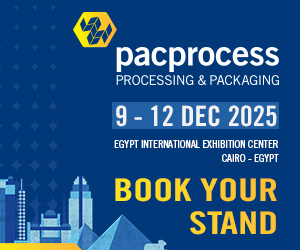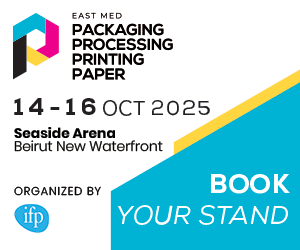Overview The Middle East printing inks market is witnessing robust growth, driven by demand across diverse sectors such as packaging, publishing, and industrial labeling. Various ink types—including offset, flexographic, gravure, digital, and screen inks—are used for a wide range of applications. As environmental concerns rise and consumers increasingly prefer sustainable packaging, manufacturers in the Gulf Cooperation Council (GCC) are shifting to eco-friendly inks such as water-based, UV-curable, and bio-based formulations. The growth of e-commerce and the need for high-quality corrugated box and label printing have further fueled market expansion.
Market Drivers
- Expansion of the Packaging Sector The booming packaging industry in the food & beverage, pharmaceutical, and personal care sectors is a key market driver. As consumption of packaged goods rises, so does the need for high-performance inks offering vibrant colors, durability, and safety compliance. Investments in premium packaging and initiatives like Saudi Vision 2030 and the UAE Industrial Strategy 2030 are boosting local production and demand for advanced ink solutions.
- Shift Toward Sustainable and Low-VOC Inks Stricter environmental regulations across the GCC are pushing the transition from solvent-based to sustainable inks. Between 2020 and 2023, Abu Dhabi’s Environment Agency recorded a 25% drop in VOC emissions due to regulatory enforcement. In response, leading producers such as Sun Chemical and INX International have expanded their offerings of UV-curable and bio-based inks. Demand is further driven by food and beverage companies seeking food-safe, non-toxic ink solutions.
Market Opportunities
- Advancement of Digital Printing Technologies Digital printing offers flexibility, faster turnaround, and the ability to support customized and short-run jobs. Smithers forecasts a 6.3% global CAGR for digital printing between 2024 and 2030, with the Middle East as a growth hub. In the UAE alone, digital press installations rose 20% in 2023. UV and LED-curable inks are gaining ground for their fast curing and low environmental impact. Regional governments are incentivizing digital adoption through technology transformation policies.
- Emergence of Smart and Functional Packaging Smart packaging—featuring QR codes, anti-counterfeit markers, temperature indicators, and AR integration—is gaining traction. GCC demand for intelligent packaging grew 14% in 2023, creating new opportunities for specialty inks like thermochromic, conductive, and antimicrobial variants. Investments in logistics and supply chain innovation are expected to further elevate demand for high-tech ink solutions.
Segmental Insights
By Ink Type
- Nitrocellulose Inks led the market in 2024 with a 35.3% share, mainly used in gravure and flexographic applications. Their fast-drying and adhesion qualities make them ideal for high-speed packaging lines.
- UV Curable Inks are projected to grow at a CAGR of 9.8% from 2025 to 2033, driven by demand for low-VOC, fast-curing inks for luxury packaging and label applications.
By Printing Process
- Gravure Printing dominated with a 38.8% share in 2024, especially in high-volume food and personal care packaging.
- Digital Printing is forecast to grow at a CAGR of 11.2%, fueled by e-commerce, variable data printing, and custom packaging needs.
By Application
- Flexible Packaging held the largest share at 42.9% in 2024, driven by food, pharma, and personal care industries demanding lightweight, portable, and traceable packaging.
- Tags & Labels are projected to grow at a CAGR of 10.5%, with rising demand for product identification, brand differentiation, and smart packaging integrations like RFID and QR codes.
Regional Analysis
- United Arab Emirates (UAE): Led the regional market with a 28.2% share in 2024. The country’s logistics and retail dominance, coupled with Vision 2030 and sustainability mandates, drive high adoption of eco-friendly and premium ink solutions.
- Saudi Arabia (KSA): Held a 24.5% market share, backed by high gravure usage for flexible packaging and government support for local manufacturing. Sustainable ink demand is rising due to regulatory shifts and halal certification requirements.
- Egypt: A growing market supported by strong demand from its large consumer goods sector. Tax incentives and import restrictions are fueling domestic ink production, especially in Cairo and Alexandria.
Source: marketdataforecast.com

















































































